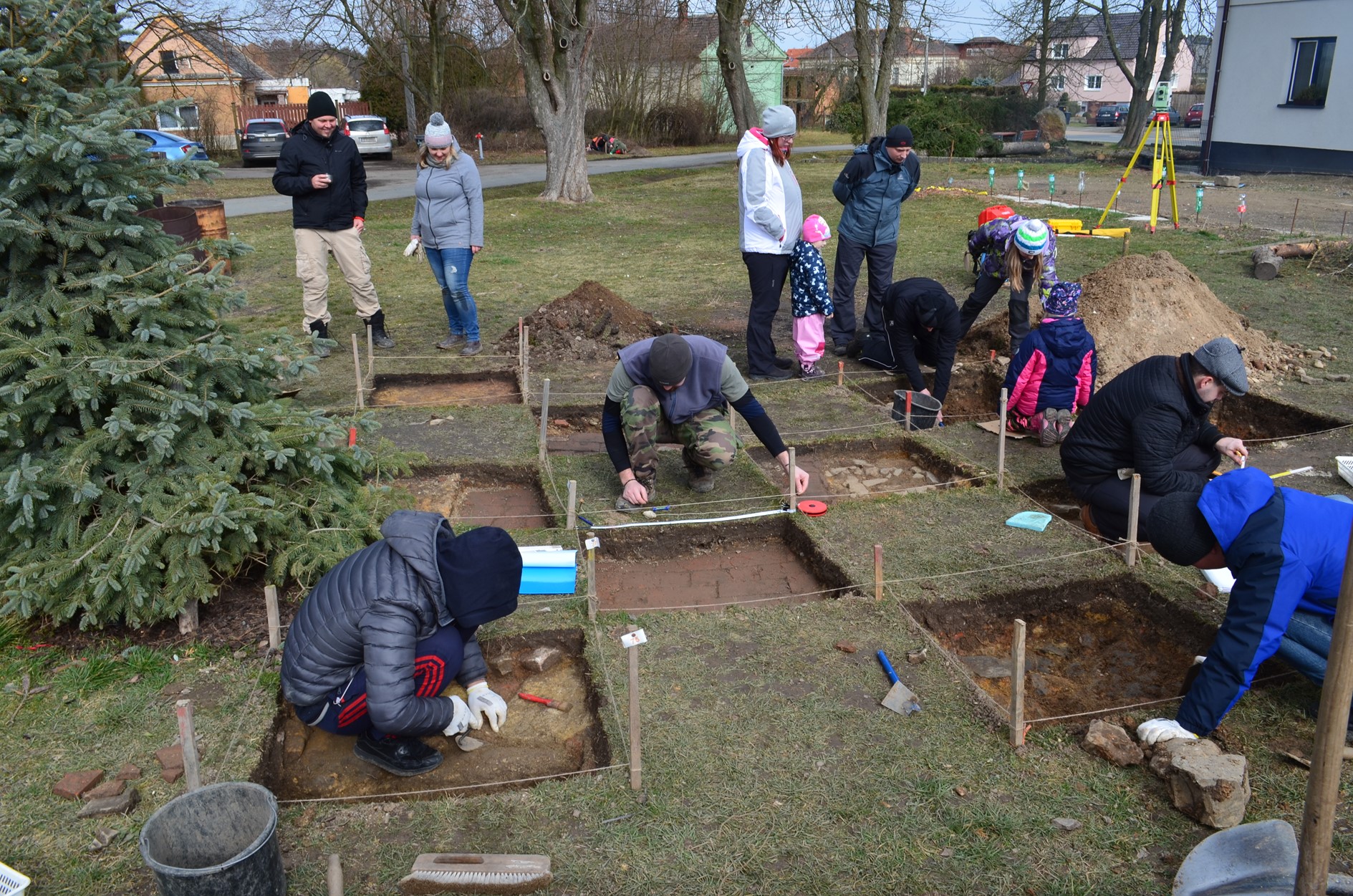Community Archaelogy

For more than 150 years, archaeology has been researching various types of monuments and today it offers a very detailed understanding of our past based on material sources. A huge number of prehistoric, medieval and early modern archaeological sites have been intensively investigated in Europe, such as caves, unfortified settlements, hillforts, burial sites, historic city cores, fortresses, castles, churches, monasteries or various production sites and facilities. Surprisingly little is known from an archaeological point of view about contemporary villages, which represent the most numerous settlements on the European continent and have given our cultural landscape a unique character. In a number of countries, medieval villages in particular have been the subject of systematic research, but in the vast majority of cases these are settlements that have disappeared, their life has ceased in the past and they are now replaced by meadow, field or forest. Living villages, whose origins can also usually be traced back to the distant past, have so far been the subject of archaeological research only randomly, usually in connection with modern building interventions that have disturbed various archaeological situations. If, however, these monuments have been recognised at all and professional documentation has been carried out.
Within the international project “Community Archaeology”, we are conducting research aimed at using material sources to reveal the origin, formation and centuries-long development of contemporary villages, to learn about the life of their inhabitants in the past and thus contribute to the study of the village environment, which today is changing rapidly due to demographic, social, economic and technological transformations. The research is interdisciplinary and uses a wide range of historical sources (written, pictorial, historical maps, testimonies of witnesses), but also methods from the field of digital humanities (modern documentation techniques, database applications, geographic information systems, digital reconstruction). Parallel research in England, the Czech Republic, the Netherlands and Poland offers a comparison of results in different parts of Europe with different historical developments. The project is designed to be community-based and its unique approach is to harness the potential interest of local residents in the history of their community. Volunteers, under the guidance of archaeologists, are directly involved in the archaeological research, which is carried out through small probes (1x1 m) directly in the village, in accessible (undeveloped) areas, ideally in places where construction activity is planned (the probes can thus take on the character of advance rescue research). Volunteers are also involved in the processing of archaeological research (treatment of finds in the on-site “field” laboratory) and the results are presented in the form of lectures, small exhibitions and publications. In addition to scientific knowledge, the project also carries out popular educational activities focused on archaeology and regional history, with an emphasis on material (tangible) sources obtained directly at the site. In this way, those interested not only acquire new knowledge and skills, but also form their relationship to historical heritage and strengthen local patriotism. The result can be not only a deeper understanding of archaeological and historical sites and the meaning of their conservation, but also an increase in tourist interest in the site based on appropriately presented research results. The project also focuses on exploring the awareness of contemporary village communities about local history and monuments, and after its completion, the impact of the project on the perception of historical heritage and other possible social impacts related to the implemented research and popularisation activities in the village is monitored.
DO YOU WANT TO LEARN MORE?
Visit the project’s website.
CONTACT OUR RESEARCHERS
WRITTEN ABOUT US
Lidé pomohli archeologům, společně vykopali zbytky kapličky (People helped archaeologists, together they excavated the remains of a chapel), Plzeňský deník, 9 March 2020